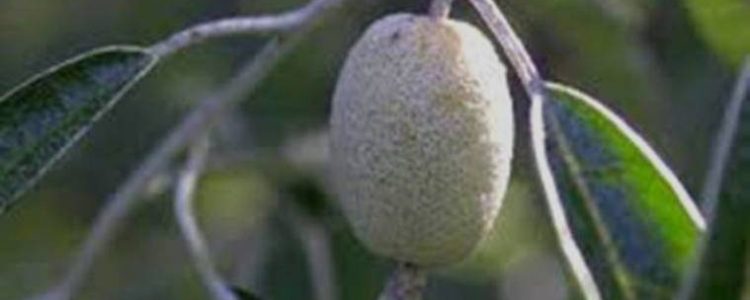– Exodus 27:20.
These were instructions given to Moses and the people of Israel regarding the lighting of the Tabernacle. A lamp stand was to be placed outside the inner curtain of the Most Holy Place, and the lights were to be kept burning day and night. This responsibility was given to Aaron and his sons.
In later times, Josephus reports that at least three out of the seven lights burned during the daylight hours (Ant. Jud. 3:7, 7). Philo was also an eyewitness to this practice.
It was critical that the oil for the lamps was not of inferior quality. Olives that are crushed or pressed in a mill are full of sediment which results in a smoky flame. The Romans called this bitter-tasting dark watery material amurca. Cato the Elder mentions amurca had many uses, including as a building material, pesticide, herbicide, dietary supplement, and a maintenance product for leather (De Agri Cultura).
The highest quality oil is from olives beaten or pounded with a mortar and pestle. This clear and colorless oil produces a nearly smokeless flame with a bright pure light.
Oil of this type was usually made from unripe fruit. The Mishna gives a description of the ancient process. The olives were gently pounded in a mortar, and the pulp poured into a wicker or rush basket. This acted as a strainer, allowing the liquid to drain into a container beneath. The ‘beaten’ oil would float to the top and was skimmed off.
All Rights Reserved
Excerpt from Ancient Minutus
